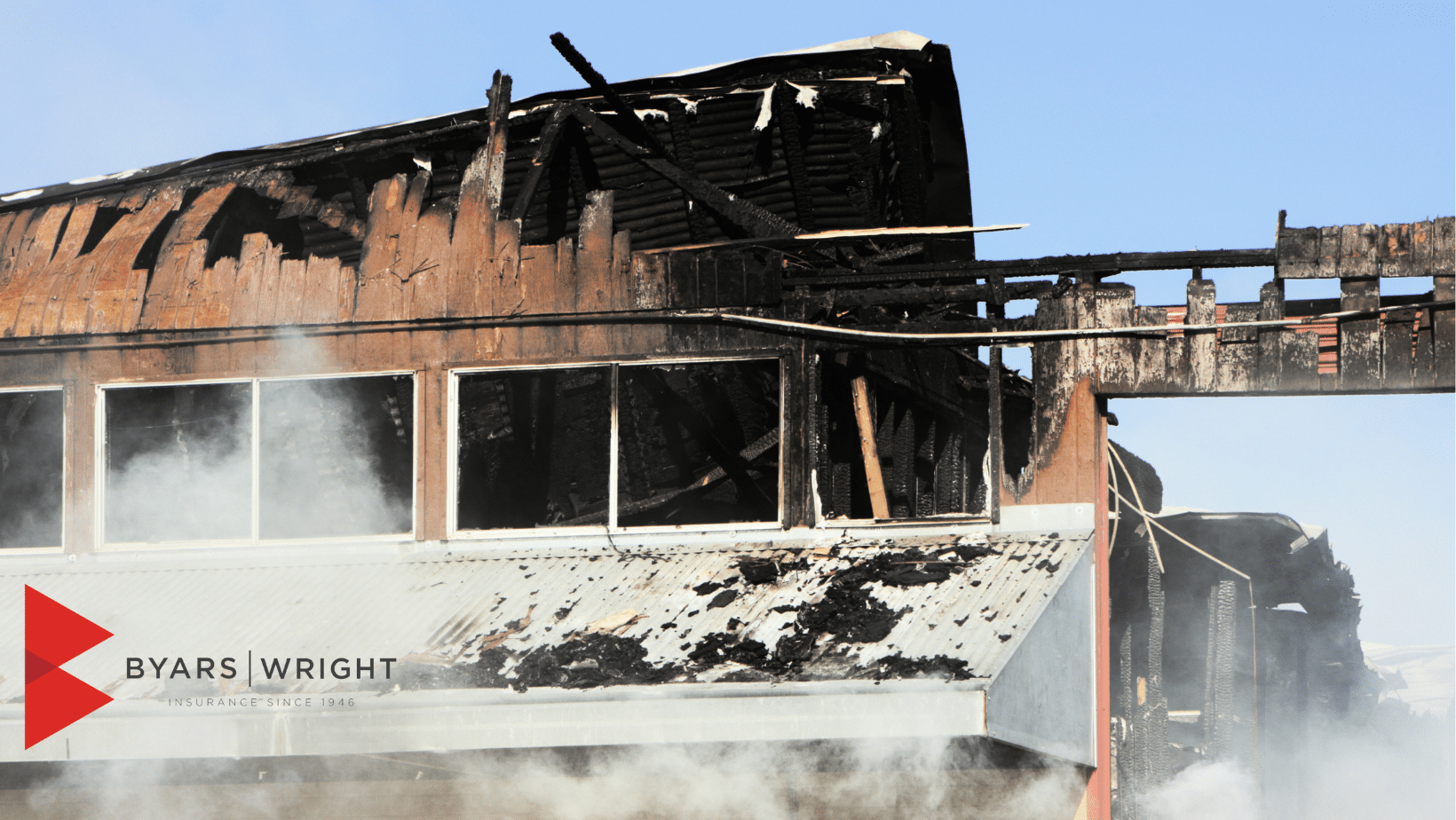
21 Sep Named vs. Open Perils
Insurance policies are often filled with terms that can be difficult to understand, particularly for the average insurance buyer. Of these terms, “named perils” and “open perils” are some of the easiest to confuse. When it comes to understanding what their coverage entails and ensuring their policies are adequate enough to protect against the most common risks, homeowners need to have a basic understanding of how perils are used in their insurance contracts.
What is a Peril?
In insurance, the source of a particular loss or damage is considered a peril. In that regard, a peril can be any number of hazards or events that lead to a claim. Often, insurance contracts use the term peril to describe what risks are covered under a particular policy. Common perils in home insurance policies can include, but are not limited to, the following:
– Fires
– Lightning
– Windstorms
– Hail
– Riots or civil commotion
It should be noted that not all perils are covered in a given policy. For instance, while an earthquake is considered a peril by definition, it may be excluded from a residential insurance policy. Homeowners would need dedicated earthquake insurance in this instance. This is an important distinction when it comes to understanding your insurance and what is or isn’t covered. That’s where named and open perils come into play.
Named and Open Peril Policies: Which One is Right for You?
There are effectively two types of homeowner policies to be aware of to ensure you are appropriately covered:
Named peril insurance policies—Under these types of policies, coverage kicks in only following losses from perils or damages specifically named in the policy itself. This often includes things like fire, theft, falling objects and vandalism. Essentially, if the policy doesn’t specify whether or not a given peril is covered, it likely isn’t. Under these types of policies, the burden of proving that a named peril caused a loss lies on the insured.
Open peril insurance policies—Open peril policies (sometimes referred to as all-risk or all-peril policies) provide coverage for all perils except those specifically excluded in the policy itself. While often more expensive than named peril policies, open peril policies are more comprehensive and usually have higher limits. In addition, under these policies, the burden is on the insurance company to prove whether a peril is excluded. Exclusions may vary by policy but generally apply to perils that require standalone insurance or are altogether uninsurable.
The type of policy that’s right for you will depend on your specific situation. For instance, those that live in natural disaster-prone regions will need a different kind of policy than those in lower-risk areas. When determining what coverage to elect, it’s a good practice to inventory your property and assess the most common risks to your home. A qualified insurance broker can help you through this process, helping you secure the coverage that makes the most sense for you.
To learn more about what perils are covered under your policies, contact Byars|Wright today. To learn more about your insurance, connect with us today!


